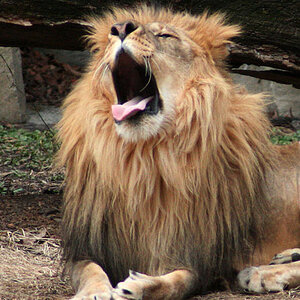Very recently I took my first staged portrait shots for a photo class. I used a dark room and a 150 Watt bulb with my canon rebel 35mm and some B&W film. I developed the negatives myself, and then scanned the negatives on my school's Minolta DiMage Dual Scan III. It was there I realized that the storage method we're forced to use for our negatives (simply placing them in an envelope and than a manilla envelope for extra protection) did not protect my negatives too well- they were the victims of both excessive amounts of dust and scratches. I uploaded a fair number of pictures- 6 or 7 in all out of a shoot of 34 shots I believe. I've only had time (3 hours) to work on one of the scans. So here it is.
The original:

The 3 hour work of removing the bad spots:

And the 2 minute retouch of dodging out the background:

I have a few questions as well as a few points I wish for critiques to focus on. First - the scans came out with a significant amount of grain, and I was not able to figure out how to reduce grain on the scans. How can I rid the picture of the graininess in PS (I use GIMP, but I can probably do the same thing you do in PS). Second- it took me three hours to retouch that scanned film in order for it to look presentable, let alone good. Do I simply need to get better at this, or is there a quicker way than zooming in on trouble spots and using the clone tool?
Areas that I especially need critiquing on (keep in mind it's my first portrait shooting):
1. The original shot- composition, lighting, emotion on the model's face, etc. How can I improve in this area? Especially in lighting, as I'm still a complete newbie to controlled lighting in a photo shoot.
2. The original to second shot- did I do a good job touching up the scratches and the dust?
3. On the third shot, I quickly burnt out the background. Does it look effective, or am I simply not seeing a smudge mark or sloppy workmanship in it?
4. Make up your own category and contribute- I want some serious criticism and/or praise for this photo, as I really hope to get some great shots in soon-to-be future shootings.
The original:

The 3 hour work of removing the bad spots:

And the 2 minute retouch of dodging out the background:

I have a few questions as well as a few points I wish for critiques to focus on. First - the scans came out with a significant amount of grain, and I was not able to figure out how to reduce grain on the scans. How can I rid the picture of the graininess in PS (I use GIMP, but I can probably do the same thing you do in PS). Second- it took me three hours to retouch that scanned film in order for it to look presentable, let alone good. Do I simply need to get better at this, or is there a quicker way than zooming in on trouble spots and using the clone tool?
Areas that I especially need critiquing on (keep in mind it's my first portrait shooting):
1. The original shot- composition, lighting, emotion on the model's face, etc. How can I improve in this area? Especially in lighting, as I'm still a complete newbie to controlled lighting in a photo shoot.
2. The original to second shot- did I do a good job touching up the scratches and the dust?
3. On the third shot, I quickly burnt out the background. Does it look effective, or am I simply not seeing a smudge mark or sloppy workmanship in it?
4. Make up your own category and contribute- I want some serious criticism and/or praise for this photo, as I really hope to get some great shots in soon-to-be future shootings.









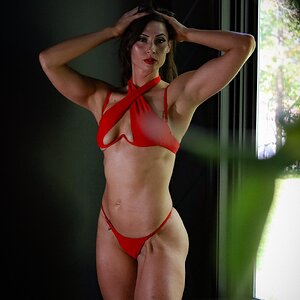
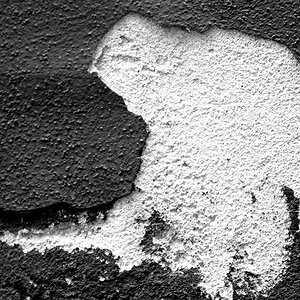
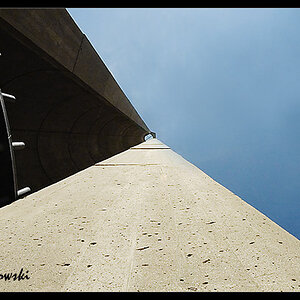
![[No title]](/data/xfmg/thumbnail/34/34691-2fa9779b0e77f698b193a633b9242553.jpg?1619736604)
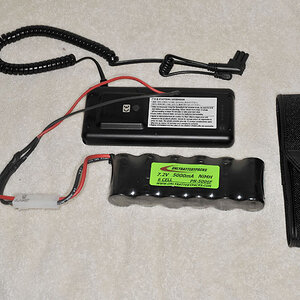


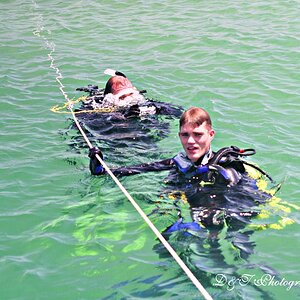

![[No title]](/data/xfmg/thumbnail/34/34688-a1ead83a3067b449d62078d1170e00f6.jpg?1619736603)
